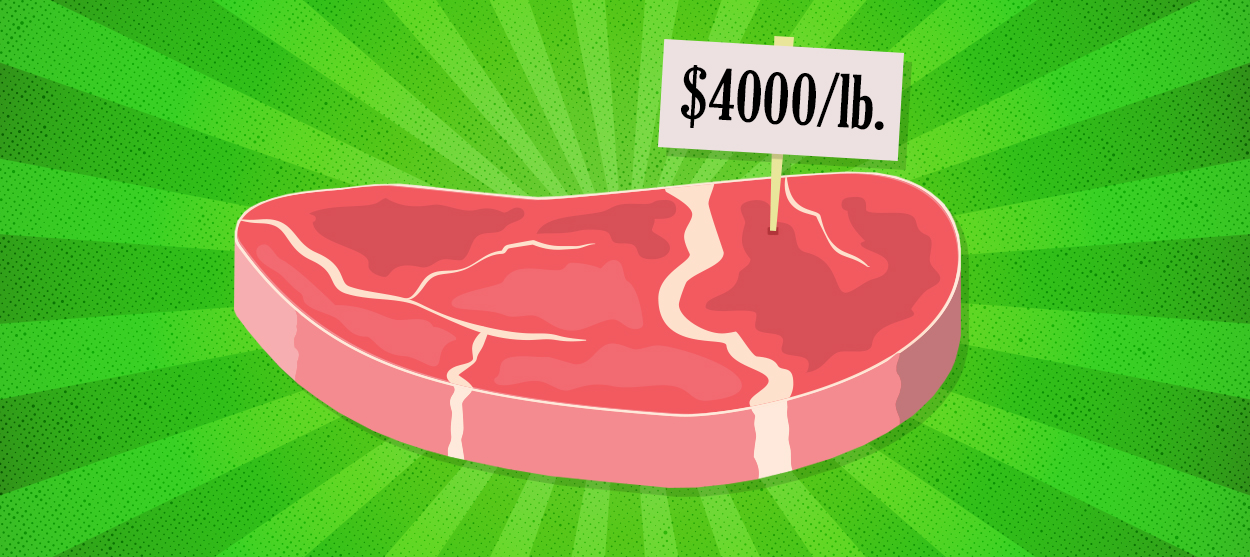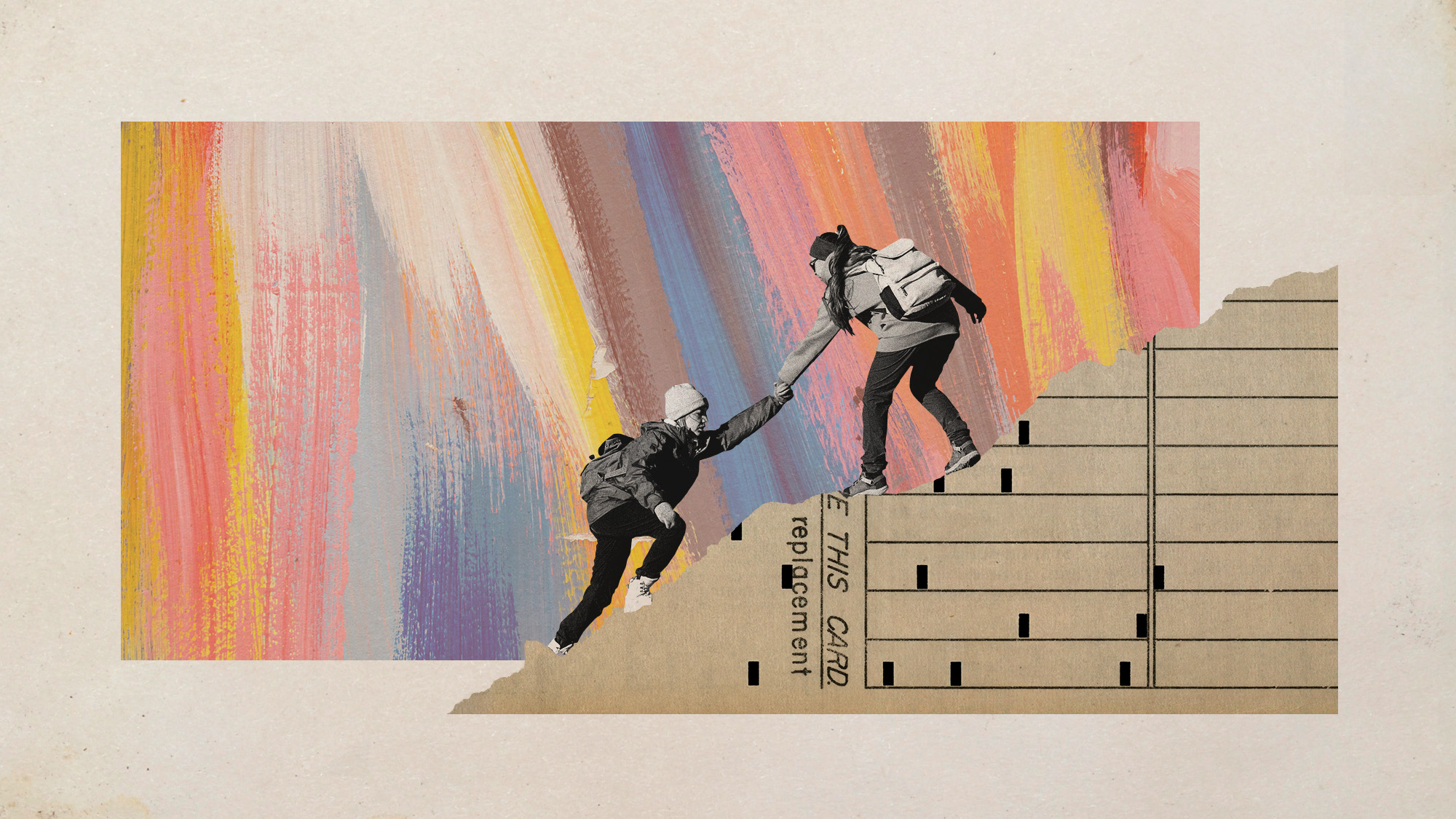Can coronavirus bring economics back down to reality?
A lesson in the importance of real resources


The coronavirus is going to teach — or, to be more precise, reteach — some hard economic lessons. One of them is probably going to be the need for policymakers to focus on money a bit less and real resources a bit more.
The most obvious example here is the sudden retreat of "how will you pay for that" rhetoric in the face of the crisis: Though the austerity hawks are trying to get their voices heard, Congress has dumped trillions in aid on the economy in a short time, with little debate — either internally, or in the media or the public — about "where the money will come from." Instead, the focus has been on practical concerns and material needs, like masks, gloves, and ventilators.
More recently, the coronavirus has put our food system under strain, as more workers fall ill and more packing plants and work sites have to be shut down. "The food supply chain is breaking," the chairman of Tyson Foods warned in a full-page advertisement in multiple major papers over the weekend. Meanwhile, the price signals that are supposed to help markets produce real resources and then get them to the people who need them have gone haywire: farmers are destroying perfectly good food crops because they can't find buyers, even as modern breadlines pile up and prices for food are rising.
The Week
Escape your echo chamber. Get the facts behind the news, plus analysis from multiple perspectives.

Sign up for The Week's Free Newsletters
From our morning news briefing to a weekly Good News Newsletter, get the best of The Week delivered directly to your inbox.
From our morning news briefing to a weekly Good News Newsletter, get the best of The Week delivered directly to your inbox.
Normally, America's economic discourse is dominated by abstractions: gross domestic product, debt-to-GDP ratios, how "market-based" a particular policy is, and even money itself, which is ultimately a bunch of digital bits or pieces of paper. Now, the coronavirus has forced us to grapple with the most concrete, flesh-and-blood questions: Do we have the equipment we need to protect the public and care for the sick? Do we have enough food to feed everyone? And if we do, how do we actually get the equipment and the food to the people who need it?
Economic schools of thought like Modern Monetary Theory have been shouting for a while that the U.S. government can create all the U.S. dollars it wants. I've also made this point repeatedly myself. It means that, for federal policy, anyway, "how will you pay for that" is a non sequitur. The U.S. government can never "run out" of money, nor can it ever borrow so much that it can't pay its debt obligations; the only real upper limit on its ability to spend is whether it creates inflation.
Another very American intellectual crutch is to declare that we should rely on the for-profit market system to answer these questions. Markets are fine tools, and effective in plenty of circumstances. Often in America, the main failure troubling our markets has been the fact that millions of people don't have enough income to spend so that market signals can function properly — again, a failure easily remedied by the U.S. government's ability to create limitless dollars. But the coronavirus pandemic has been a brutal lesson in how, sometimes, for-profit markets encounter a challenge they are simply not up to tackling.
Hospitals, for instance, are often refusing to buy masks and ventilators and such, even as prices rise and the need for those items becomes overwhelming, because they're not sure if they'll wind up with a surplus after the pandemic is over, and take a loss. Food supplies are being destroyed because the physical processes and machines for packaging food for consumers are much different than those aimed at the bulk-buying restaurant market — and now that the latter has collapsed, no one wants to spend the money to completely retool all those supply chains for what (everyone hopes, anyway) will be a temporary crisis. As for the safety of food workers themselves, it is certainly possible to give them the protective equipment they need, and redesign their plants and workspaces to accord with social distancing — it's just extremely costly to do so.
A free daily email with the biggest news stories of the day – and the best features from TheWeek.com
In purely practical and material terms, all of these problems are entirely solvable. The problem is the abstraction of money: For the people who wield and deploy financial capital, it is not profitable to solve these problems. Rationalizing the production of masks and ventilators and food and so forth would require stepping outside the market context: It would require some authority to take in information about who needs what and where, then reorganize production and supply chains and shipping to meet those needs. In other words, it would require central planning by the U.S. government.
Obviously, this need for central planning will wax in crises and wane in normal times. The problem we've run into is we have been so allergic to proactive government industrial planning in normal times, that America has no real institutional capacity or know-how for it now that the crisis is upon us. The U.S government's attempts so far have been flailing and embarrassing.
One final lesson the coronavirus has for normal times gets back to that earlier point about inflation being a signal that we have run out of real resources. But inflation itself is an abstraction: merely an aggregate index of all the individual price moves in the economy. The economic mainstream vehemently insists on distinguishing individual price increases, caused by the kinds of real-world shocks brought on by the coronavirus, and an overall rise in the indexes that measure prices, which is usually blamed on aggregate spending in the whole economy outpacing the aggregate supply of goods and services it can provide. Thus, prices for things like ventilators and food are going up, but this should not be understood as "inflation." The reason for this distinction is that the way we fight inflation is by having the Federal Reserve raise interest rates, which has the nasty side effect of killing jobs. And doing that merely to quell price increases for a few specific items like food or masks would indeed be insane. The answer, rather, is to spend more, to repair the webs of production that supply us with those needs.
The trouble is that there isn't actually any clean demarcation between price increases for individual items and "inflation" as economists define it. The second is just a conglomerate blob of the first. And this has led to massive mistakes in the past. For instance, housing prices rose much faster than other prices in the economy over the last decade, and the difference was extreme enough to noticeably drag our conglomerate inflation indices higher. But housing prices are certainly not rising because there's too much spending on houses; they're rising because there isn't enough housing in the same places where jobs are available. What's needed is more spending on houses, not less. Yet the Federal Reserve still decided to begin hiking interest rates at the start of 2016. Would it still have done so had it paid closer attention to this one corner of our inflation measures?
Similarly, the Fed raised interest rates to combat the inflation crisis of the 1970s, to catastrophic effect. But that price spiral was largely driven by another real shock to supplies, this time an oil embargo. Prices for fuel in the 1970s rose much, much faster than prices anywhere else. Again, a proper response would've arguably been to spend more money, to increase the efficiency with which Americans used their fuel, and to increase our ability to produce energy domestically — be it of the fossil fuel or green variety — without relying on foreign imports. Instead, the Fed drove unemployment to Great Recession-levels and destroyed the U.S. working class for a generation.
In both cases, the lessons of the coronavirus apply well beyond the current crisis. By overemphasizing markets, we lost our ability to rely on any other form of economic organization when crunch time came. By overemphasizing money and inflation, we lost sight of how more spending — directed at the proper purposes — can be the answer to rising prices as often as less spending. In both cases, we focused on an abstraction at the expense of what was going on with real resources, right in front of our noses. Americans have paid dearly for those mistakes.
In the era of the coronavirus, at least some of our policymakers and political commentators seem to be heeding these points, however grudgingly. The question is whether the lessons will stick once the normal times return.
Want more essential commentary and analysis like this delivered straight to your inbox? Sign up for The Week's "Today's best articles" newsletter here.
Jeff Spross was the economics and business correspondent at TheWeek.com. He was previously a reporter at ThinkProgress.
-
 Prickly pear juice recipe
Prickly pear juice recipeThe Week Recommends Jewel-toned, natural juice is a thirst-quenching treat
-
 The truth about vitamin supplements
The truth about vitamin supplementsThe Explainer UK industry worth £559 million but scientific evidence of health benefits is ‘complicated’
-
 Is convenience culture killing community?
Is convenience culture killing community?In The Spotlight A decline in emotional intelligence could be responsible for a diminished sense of belonging
